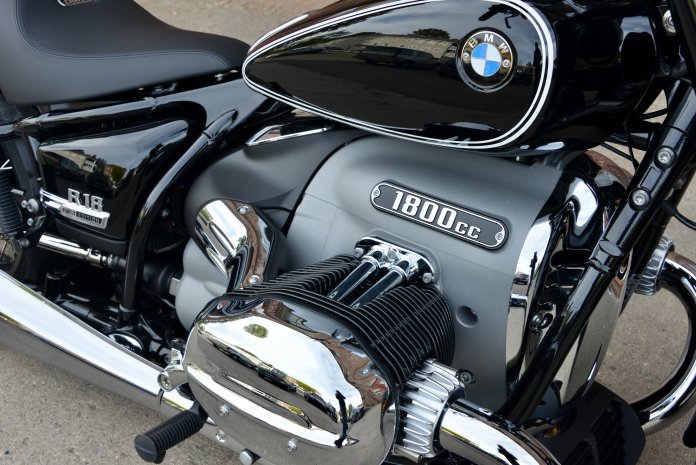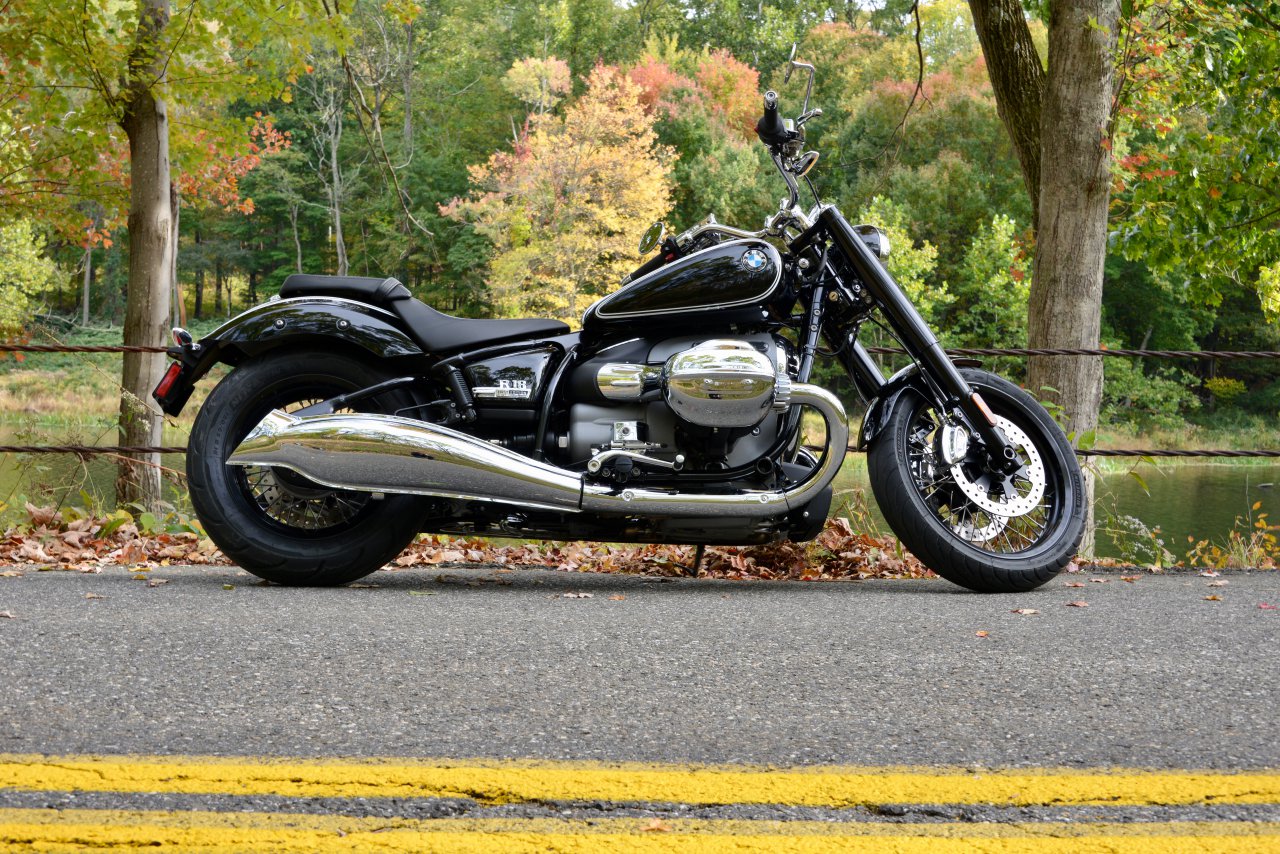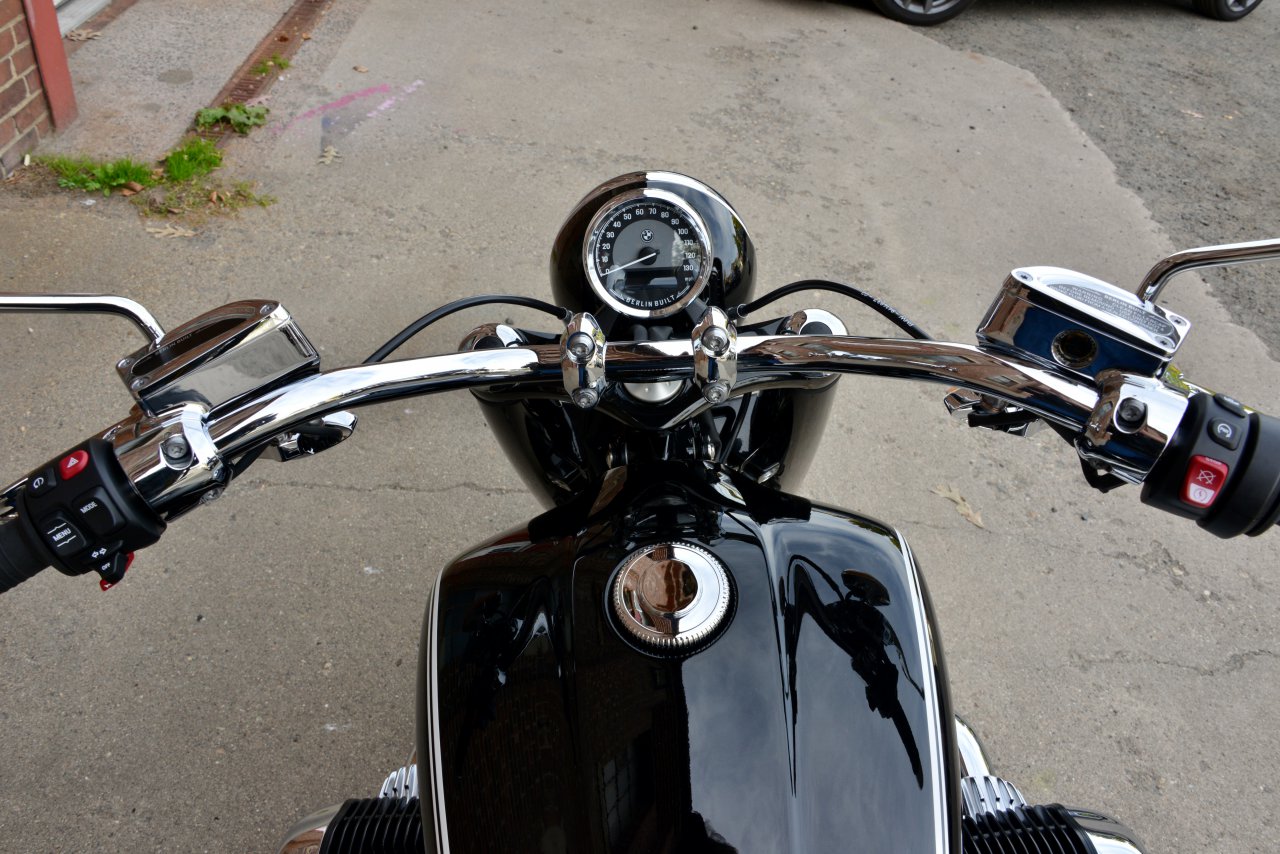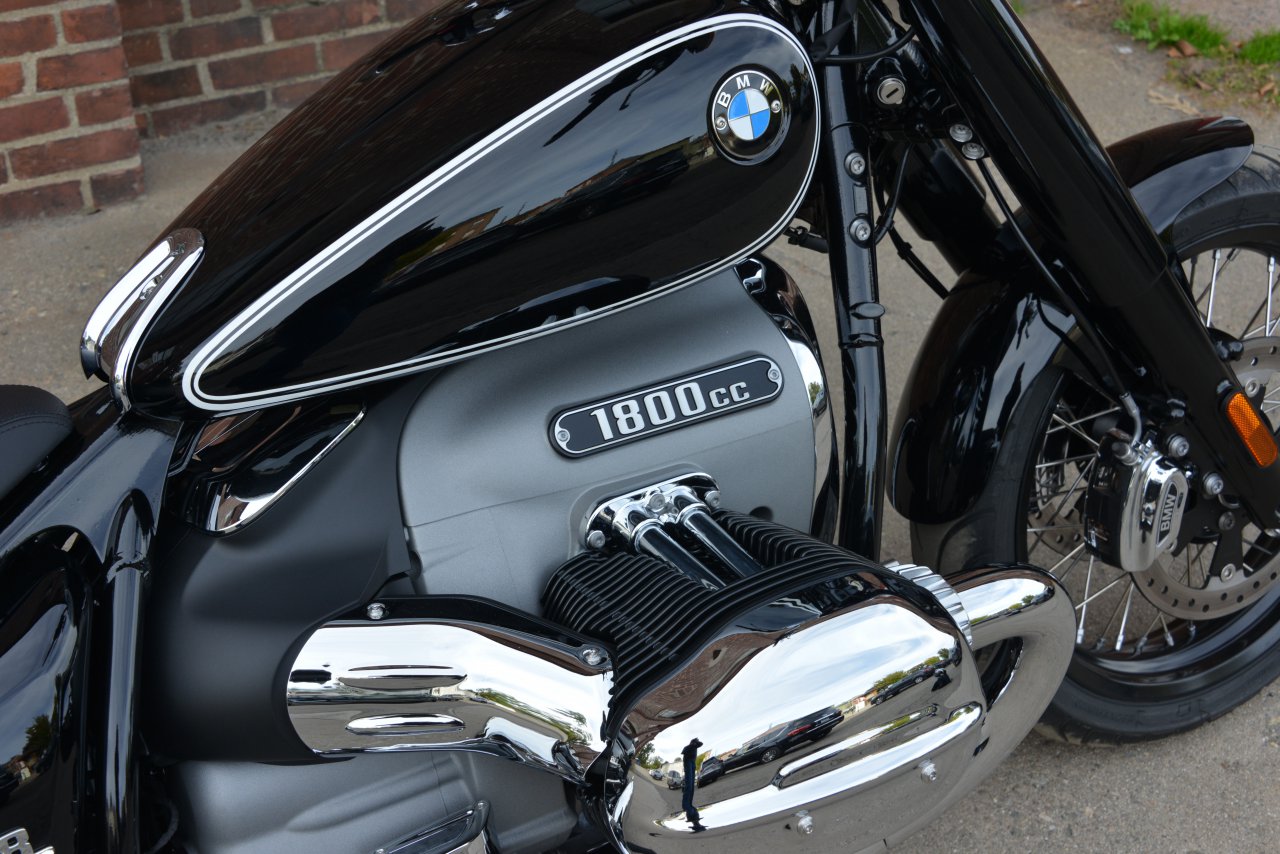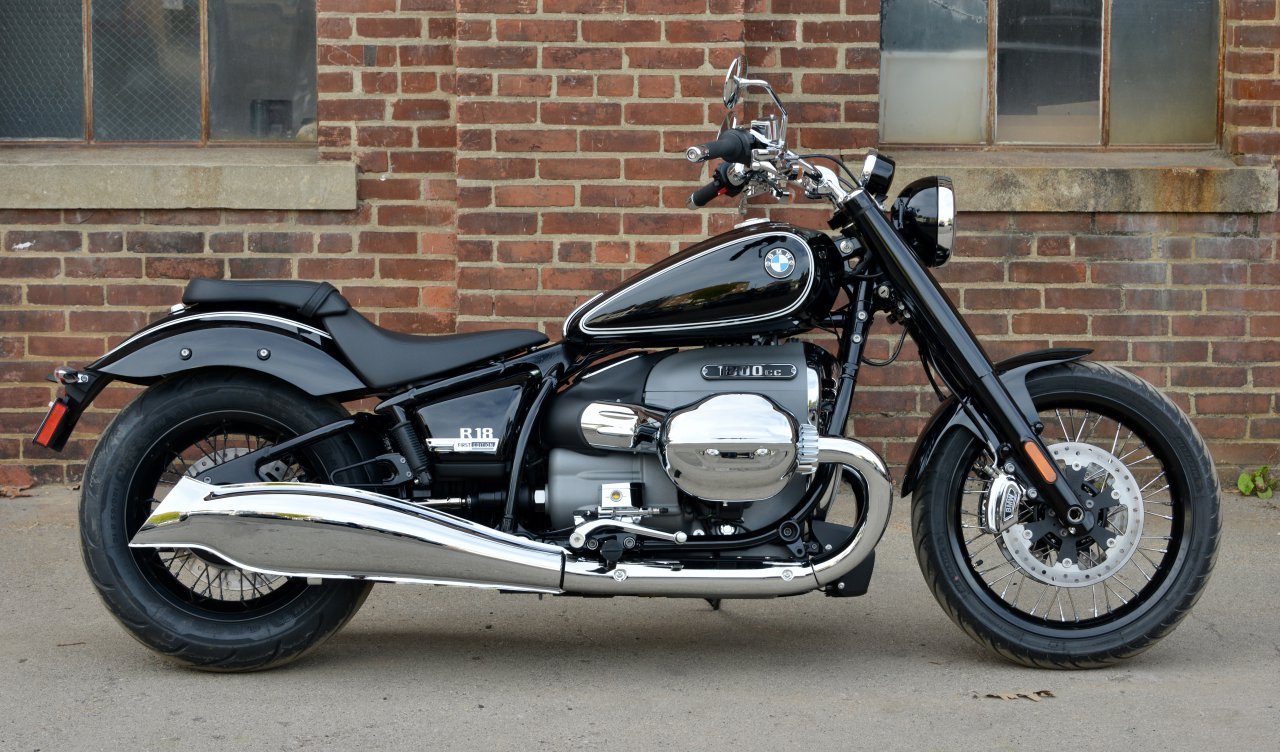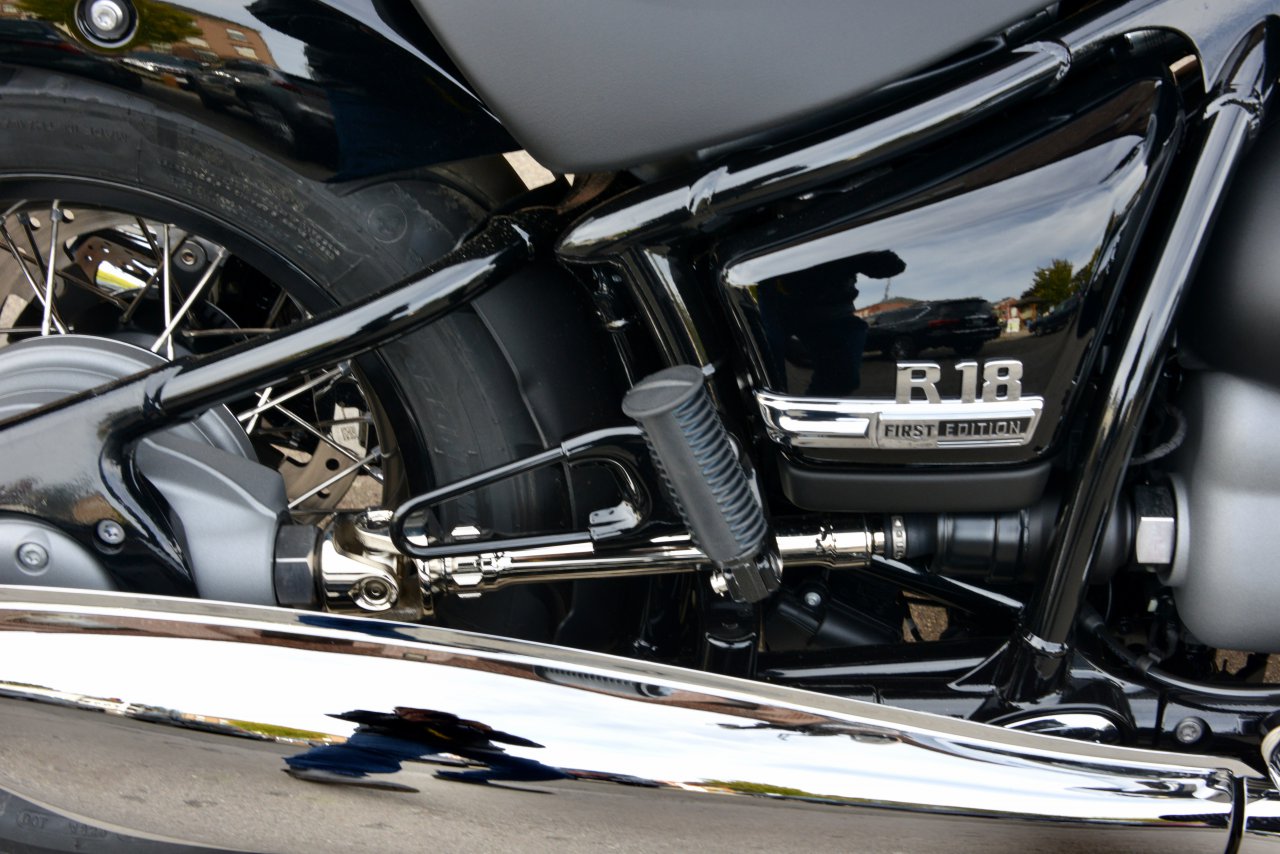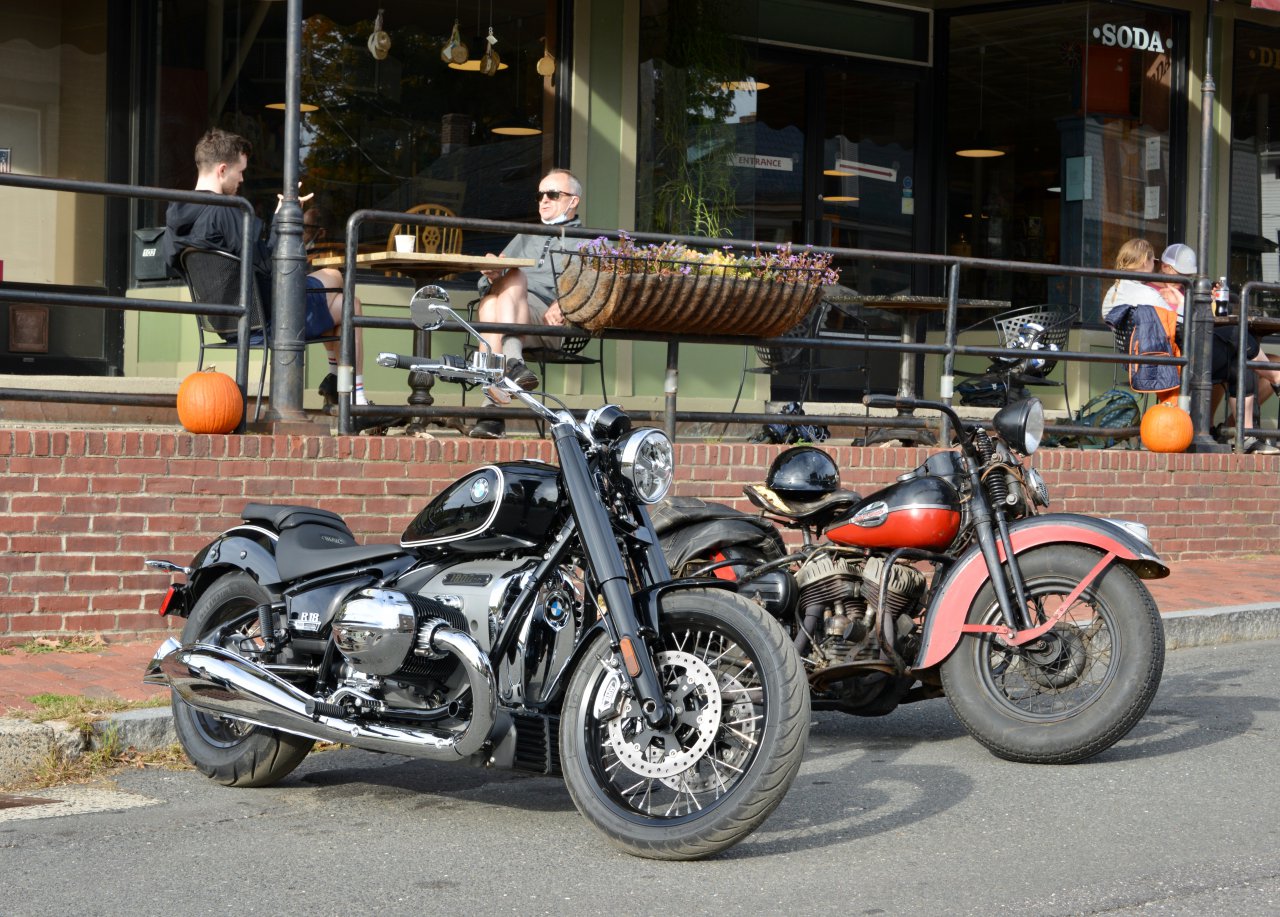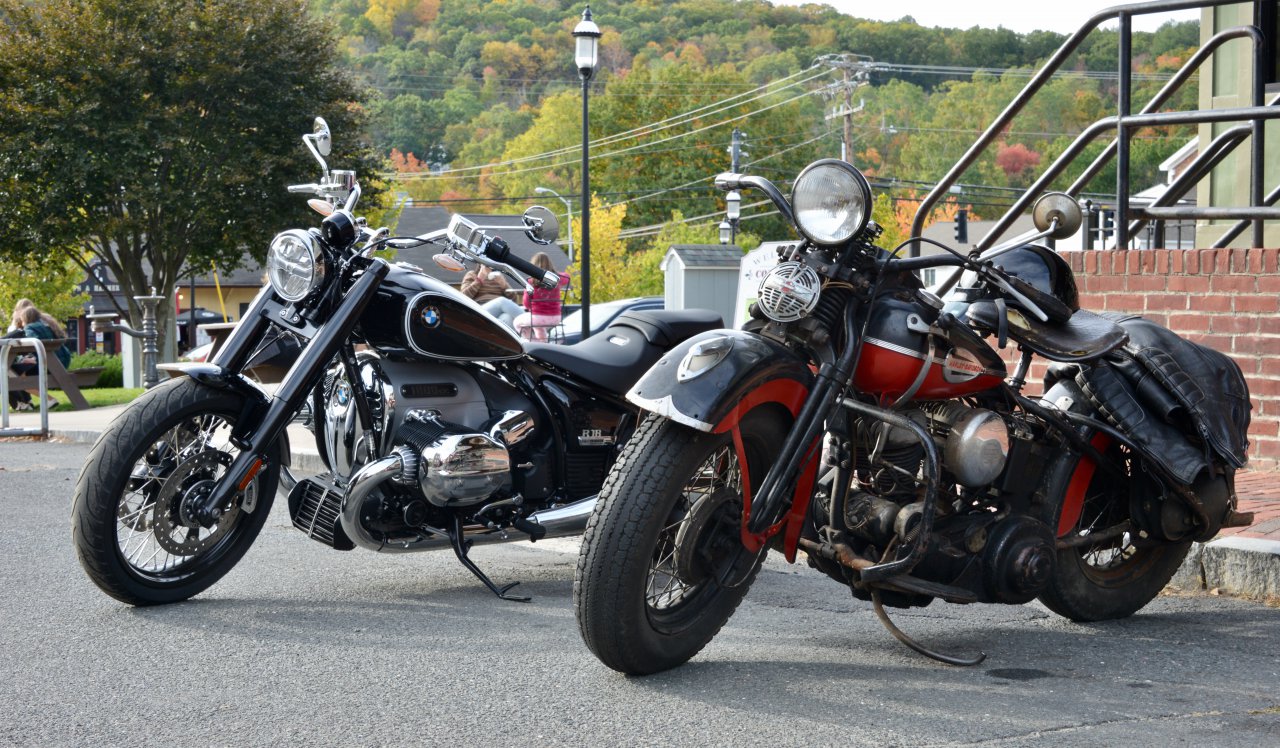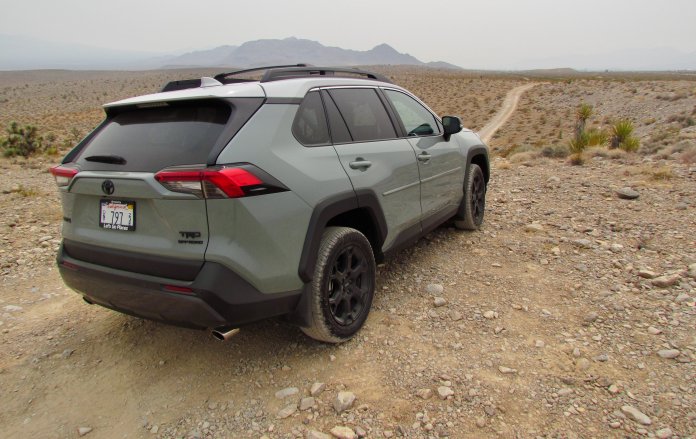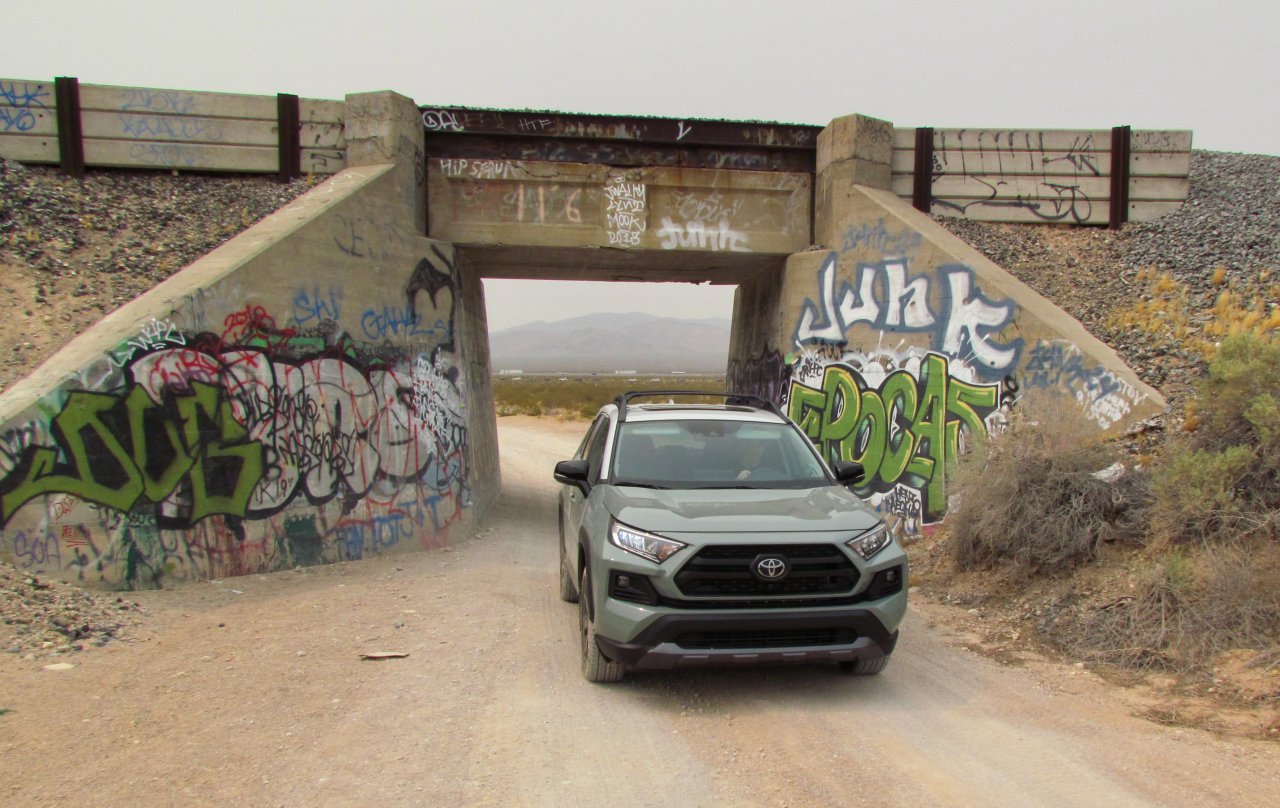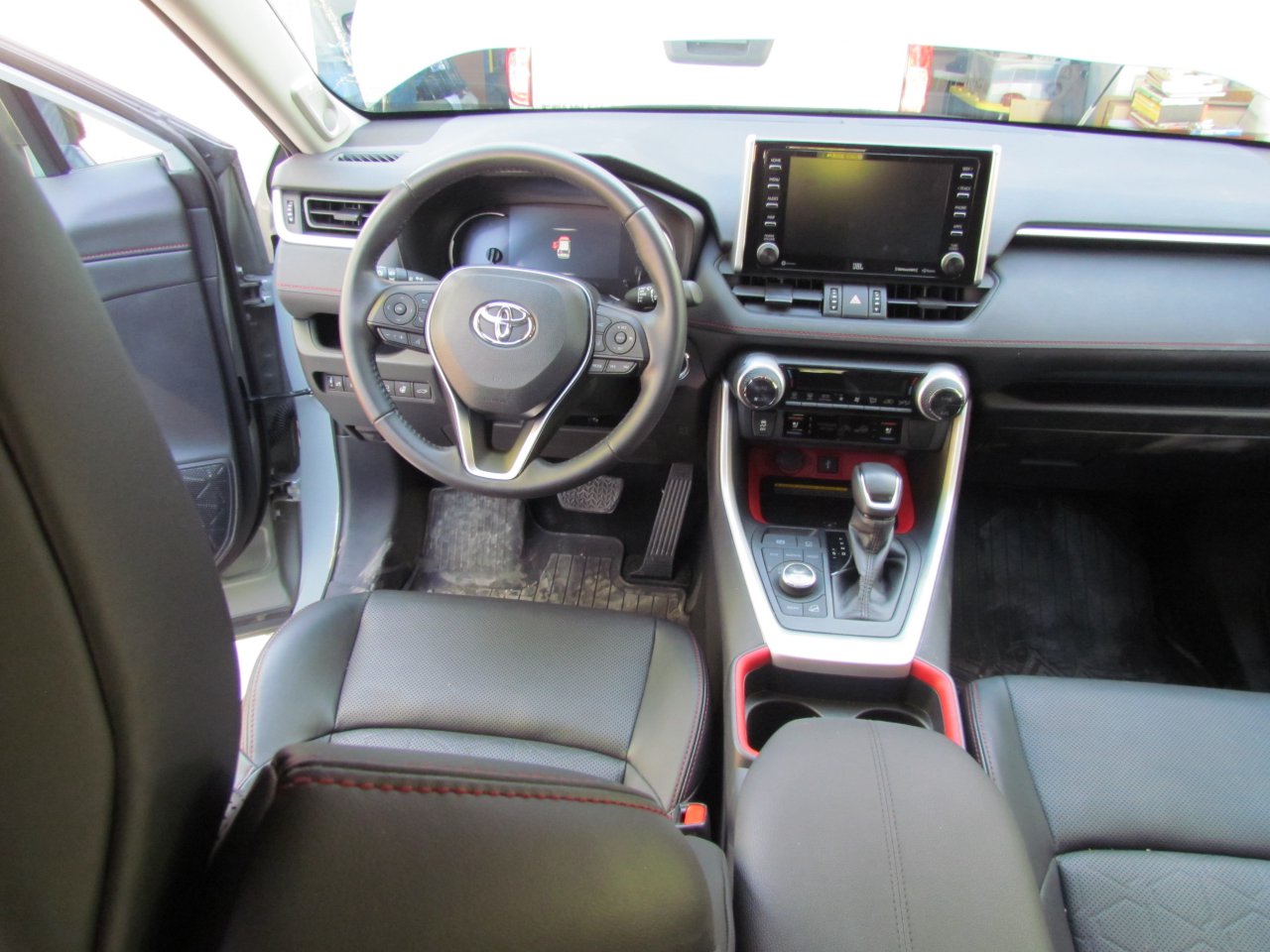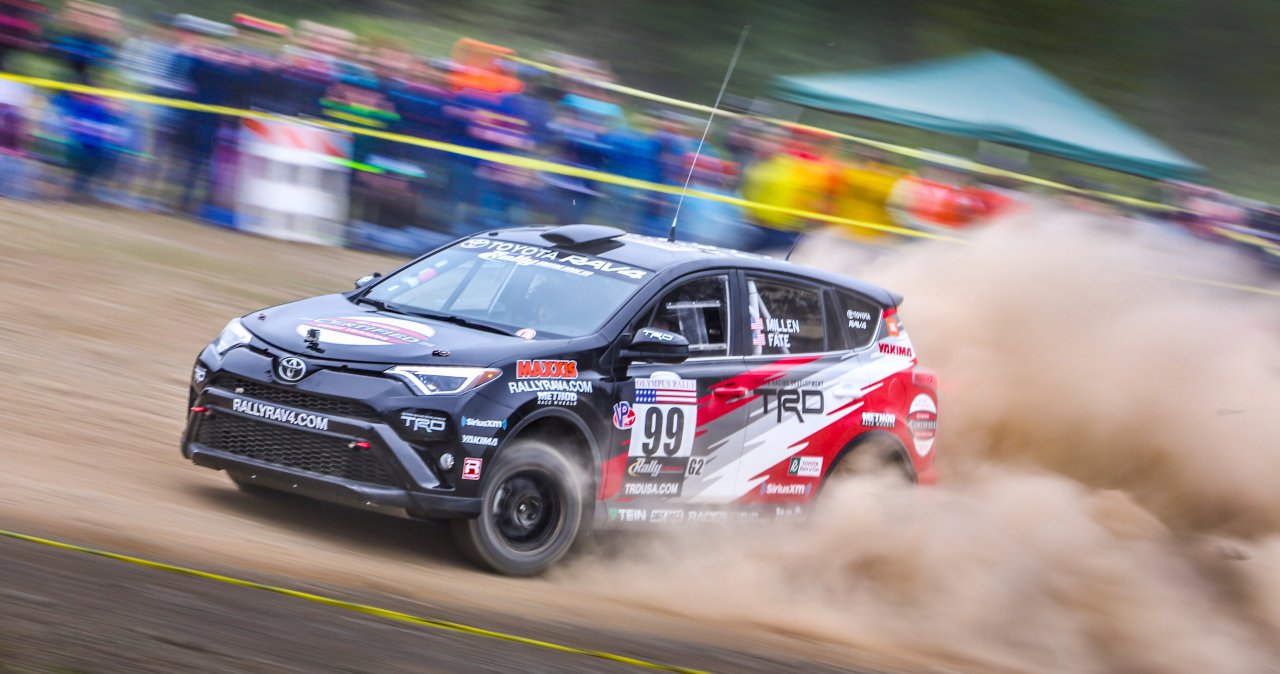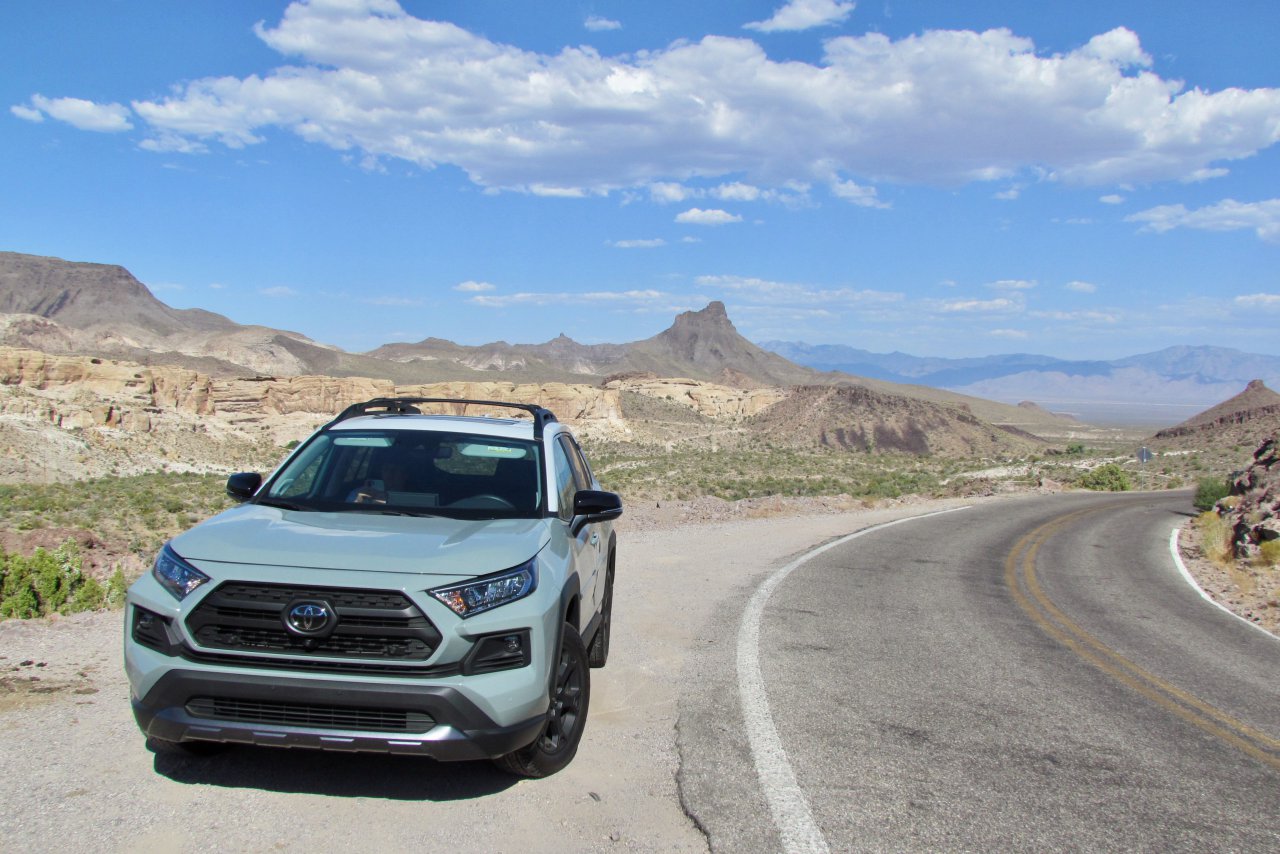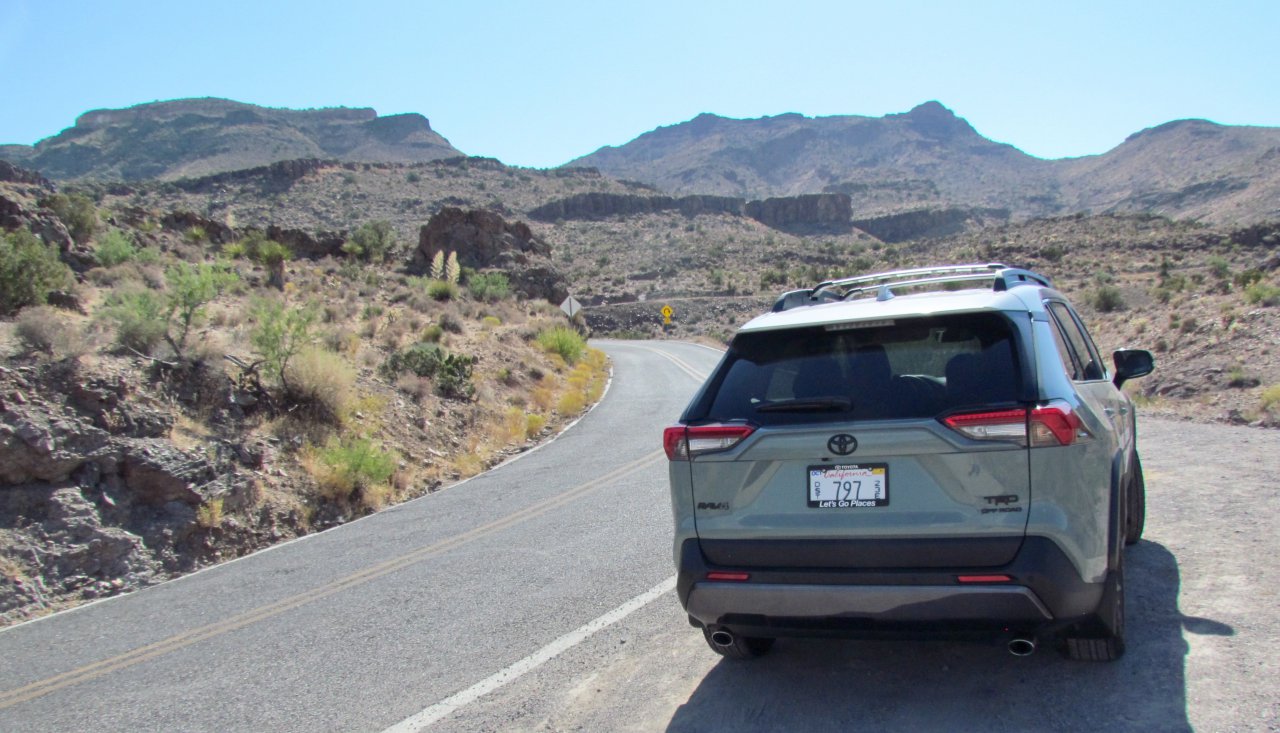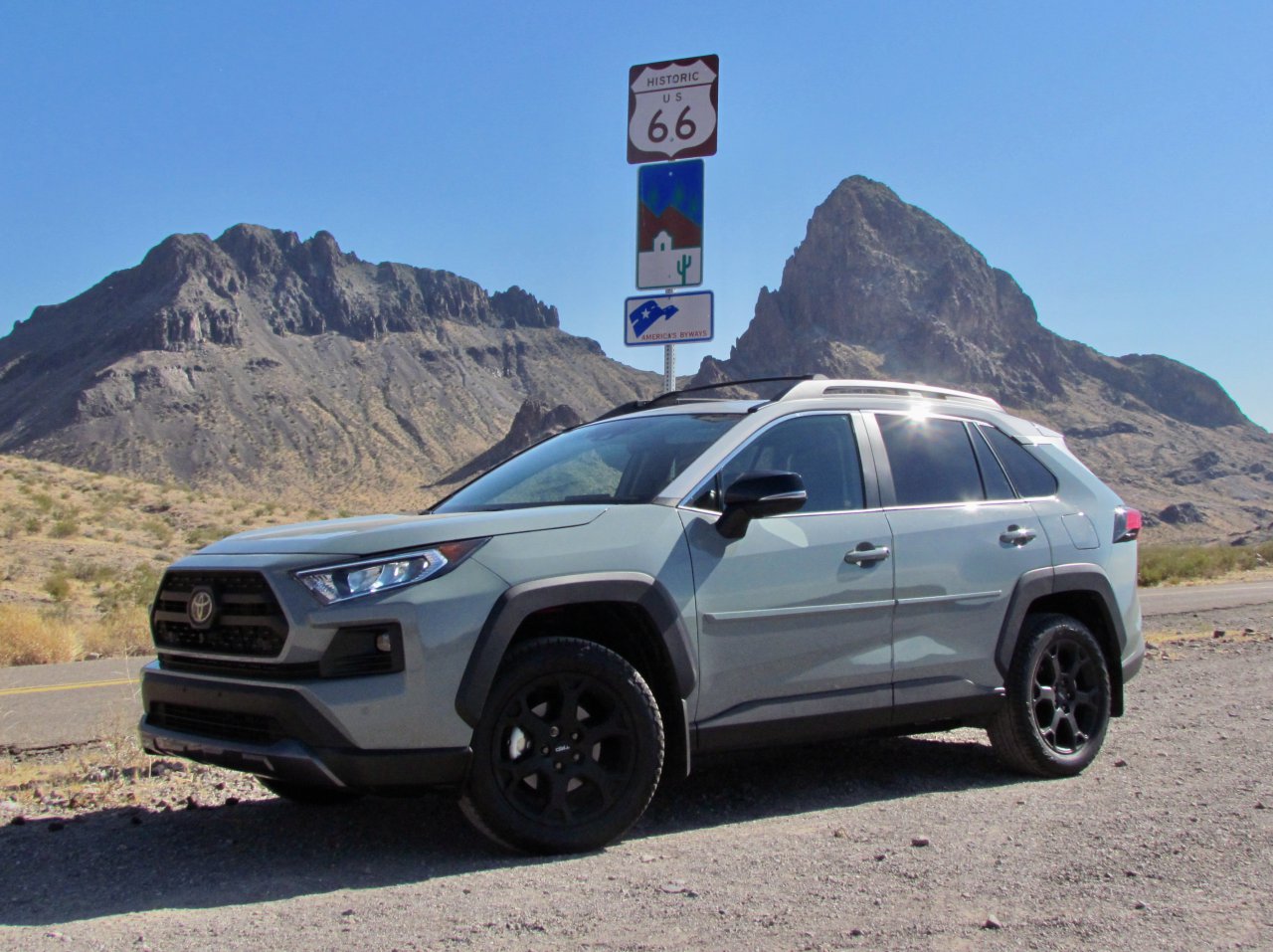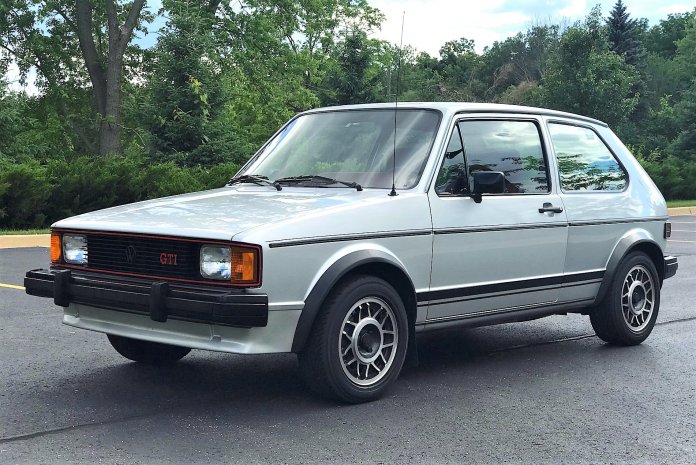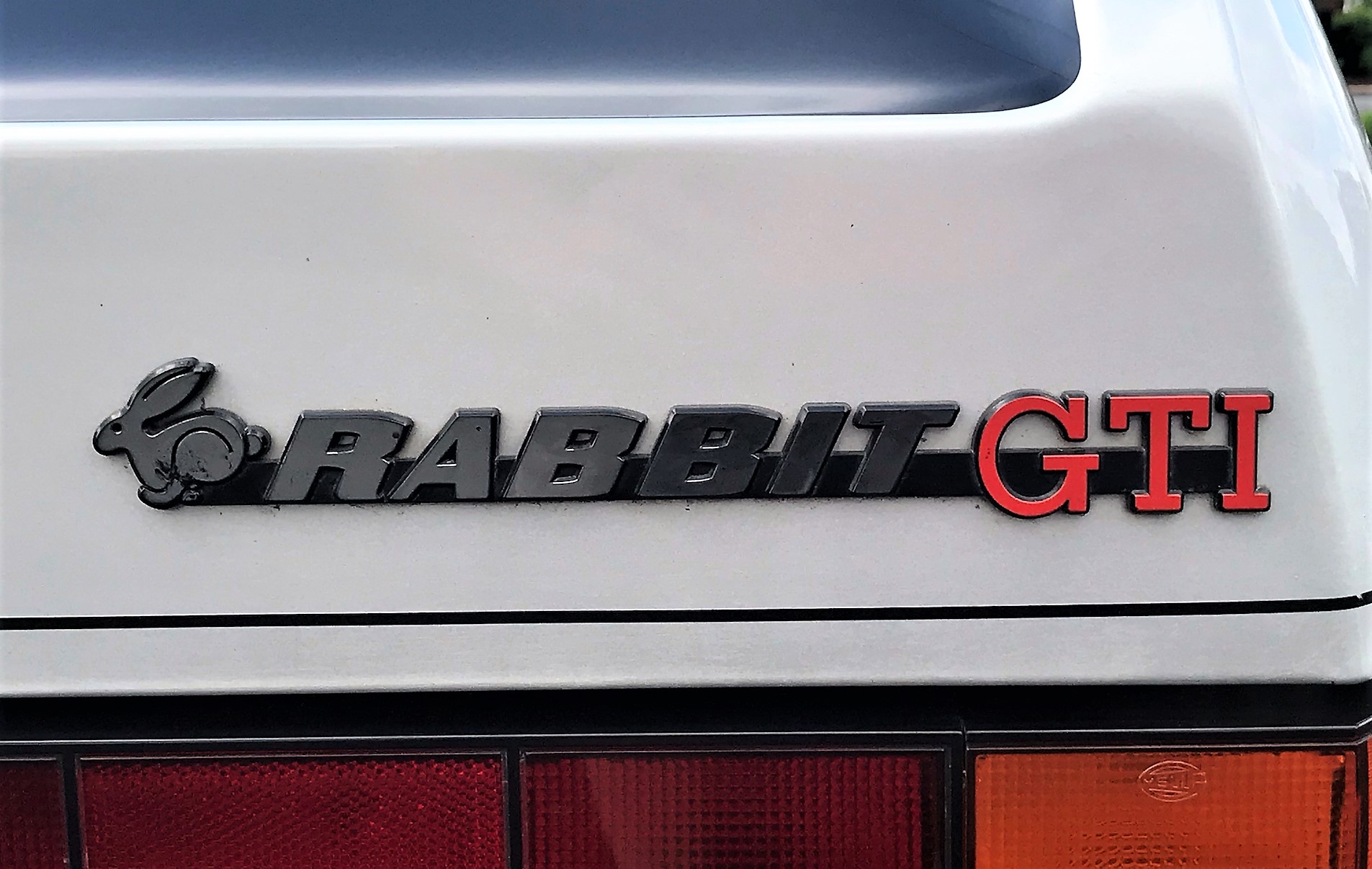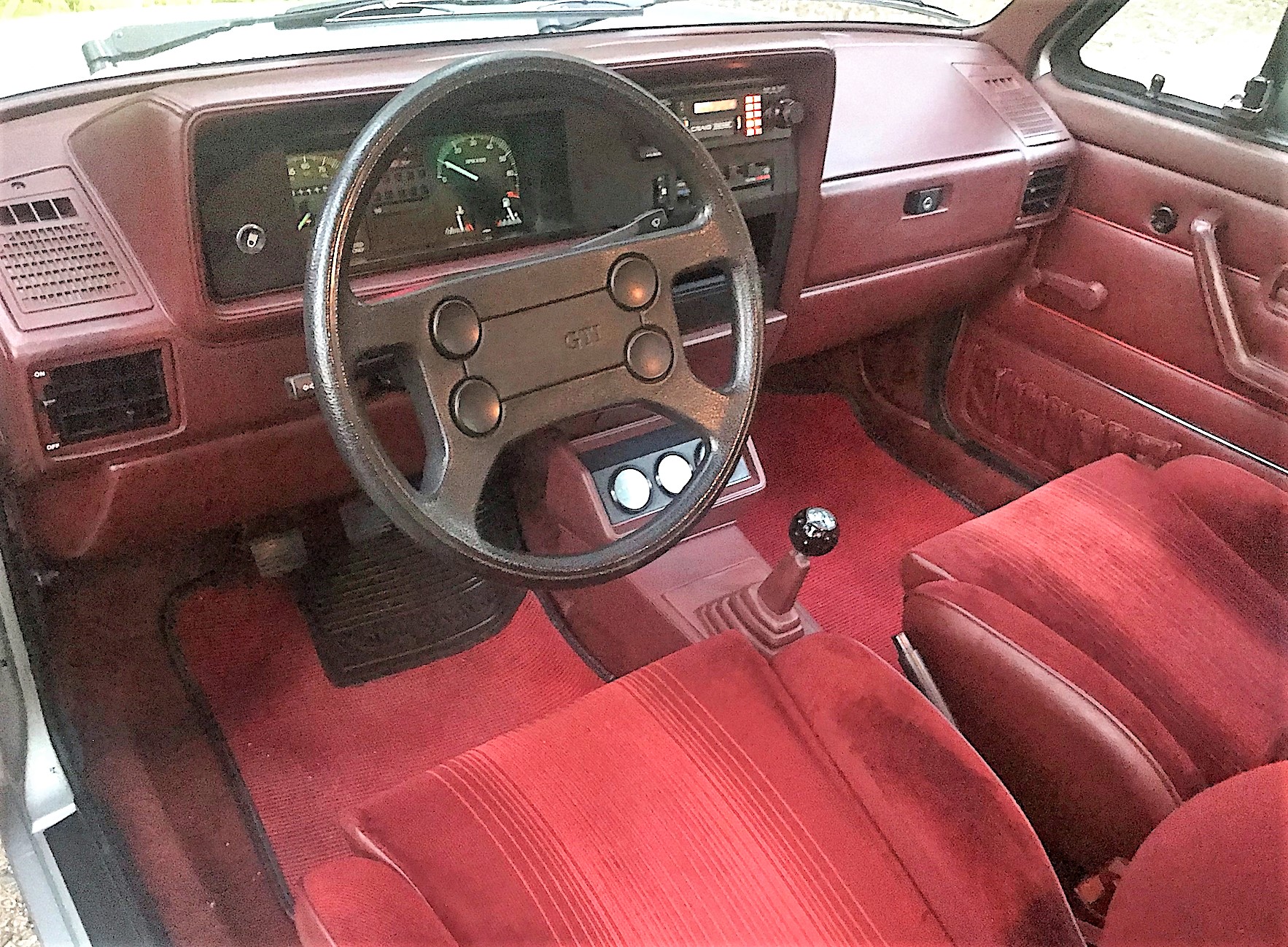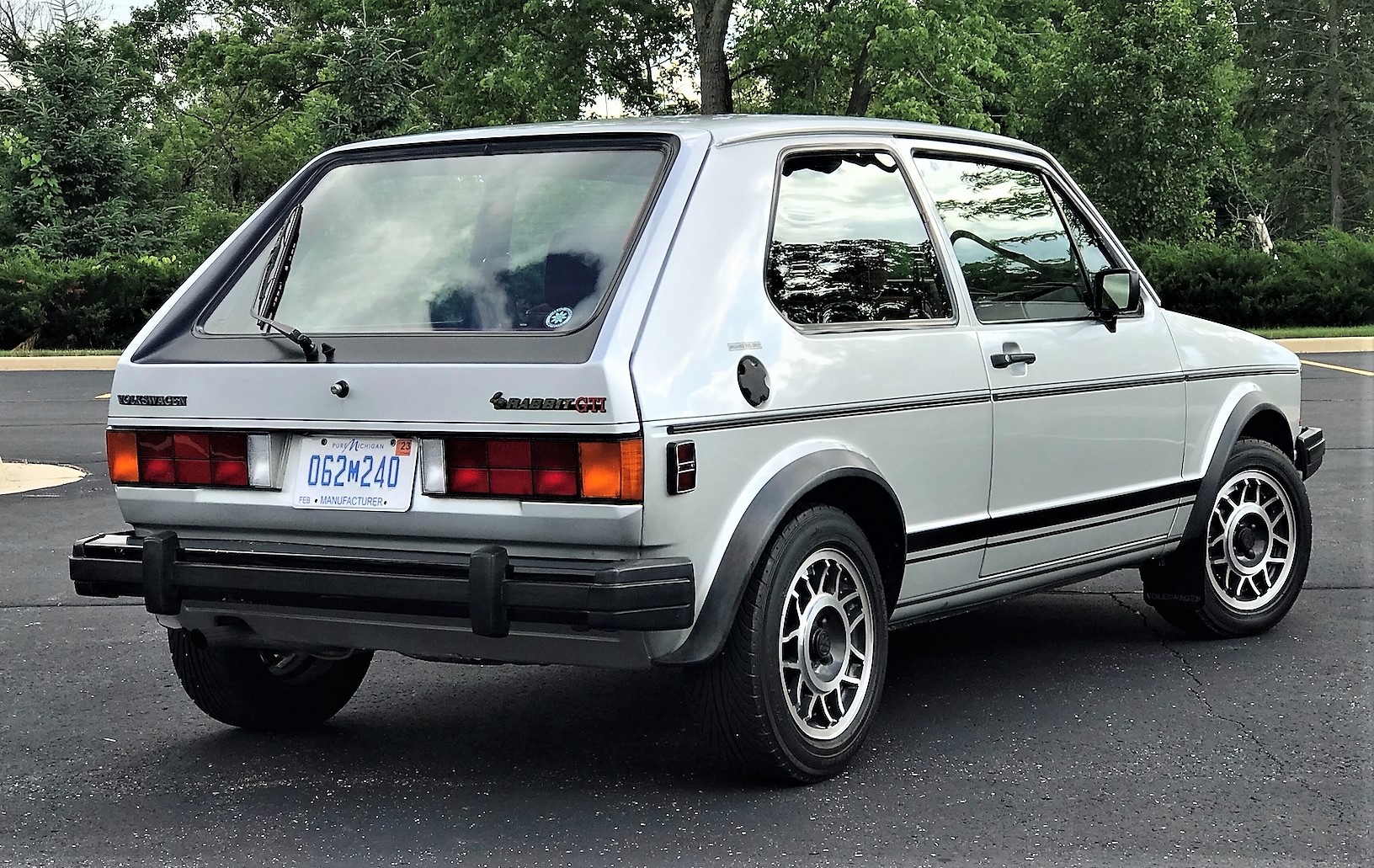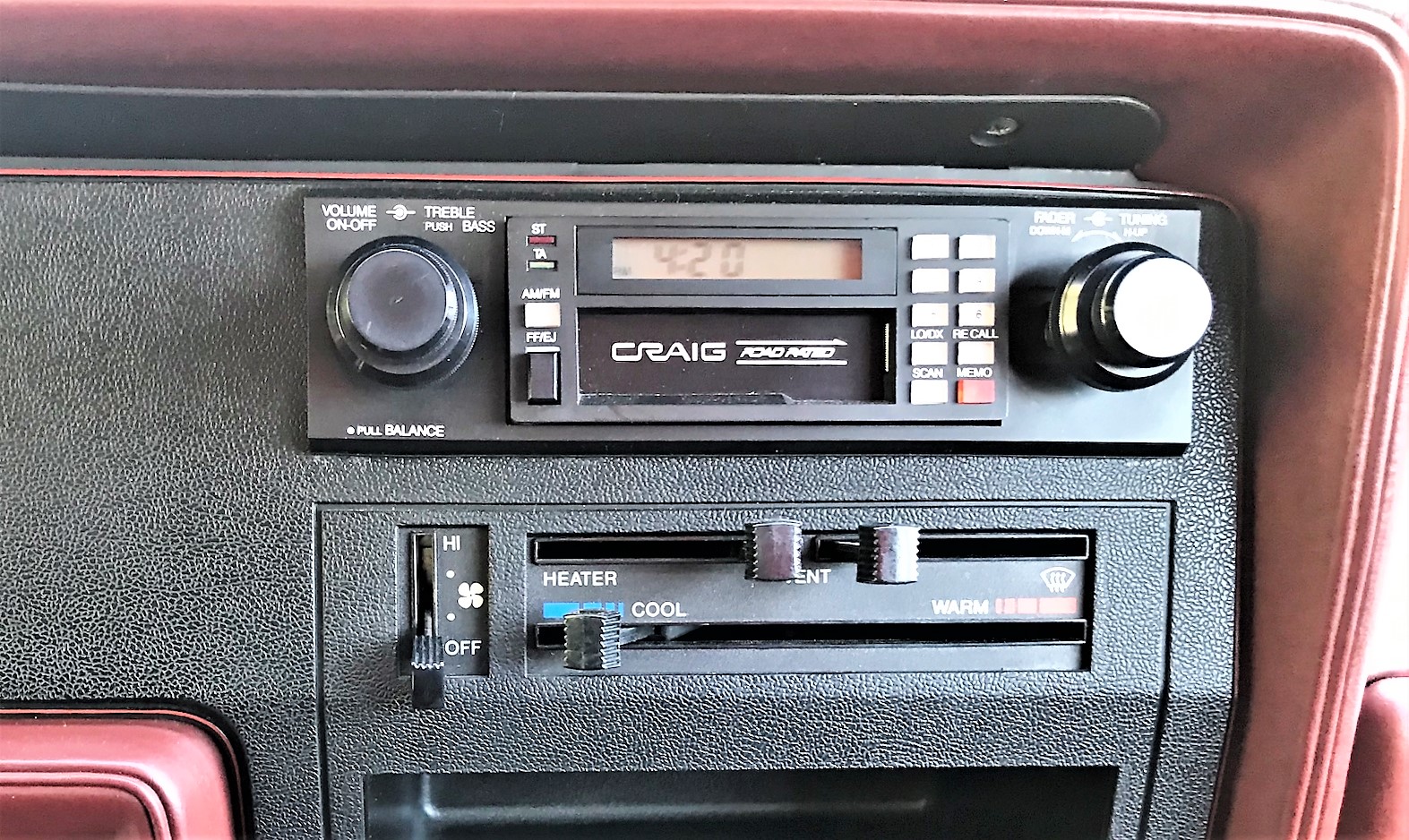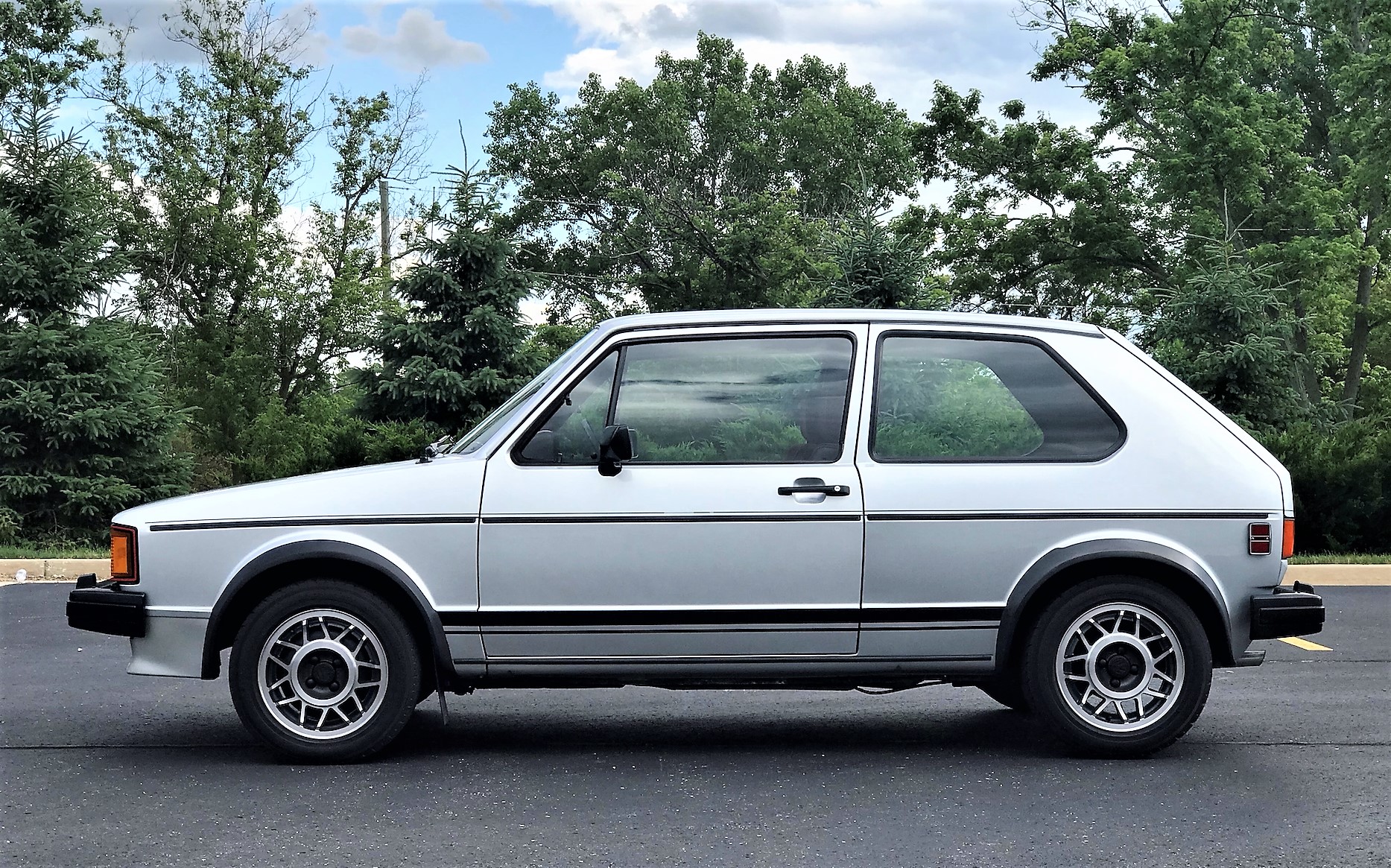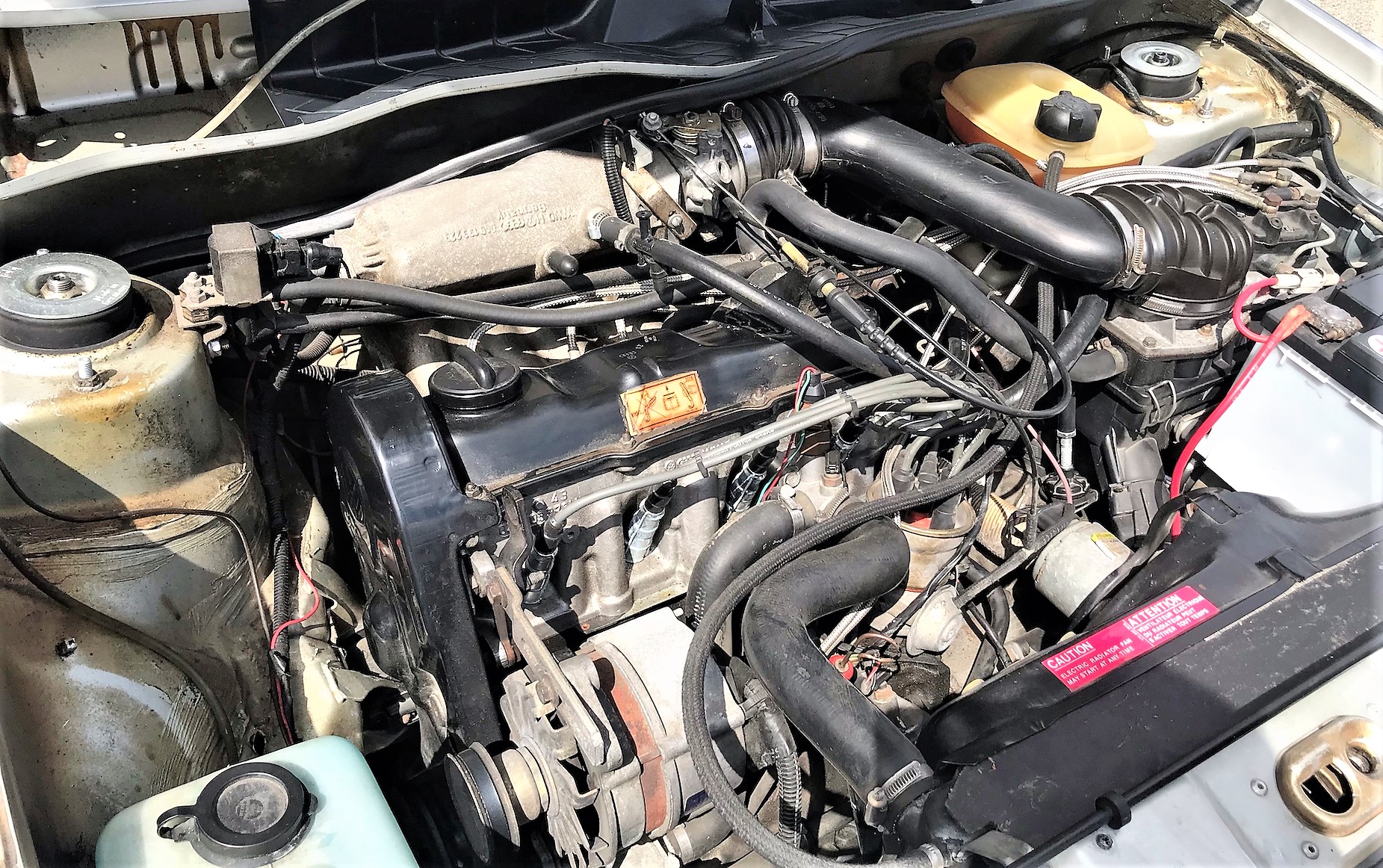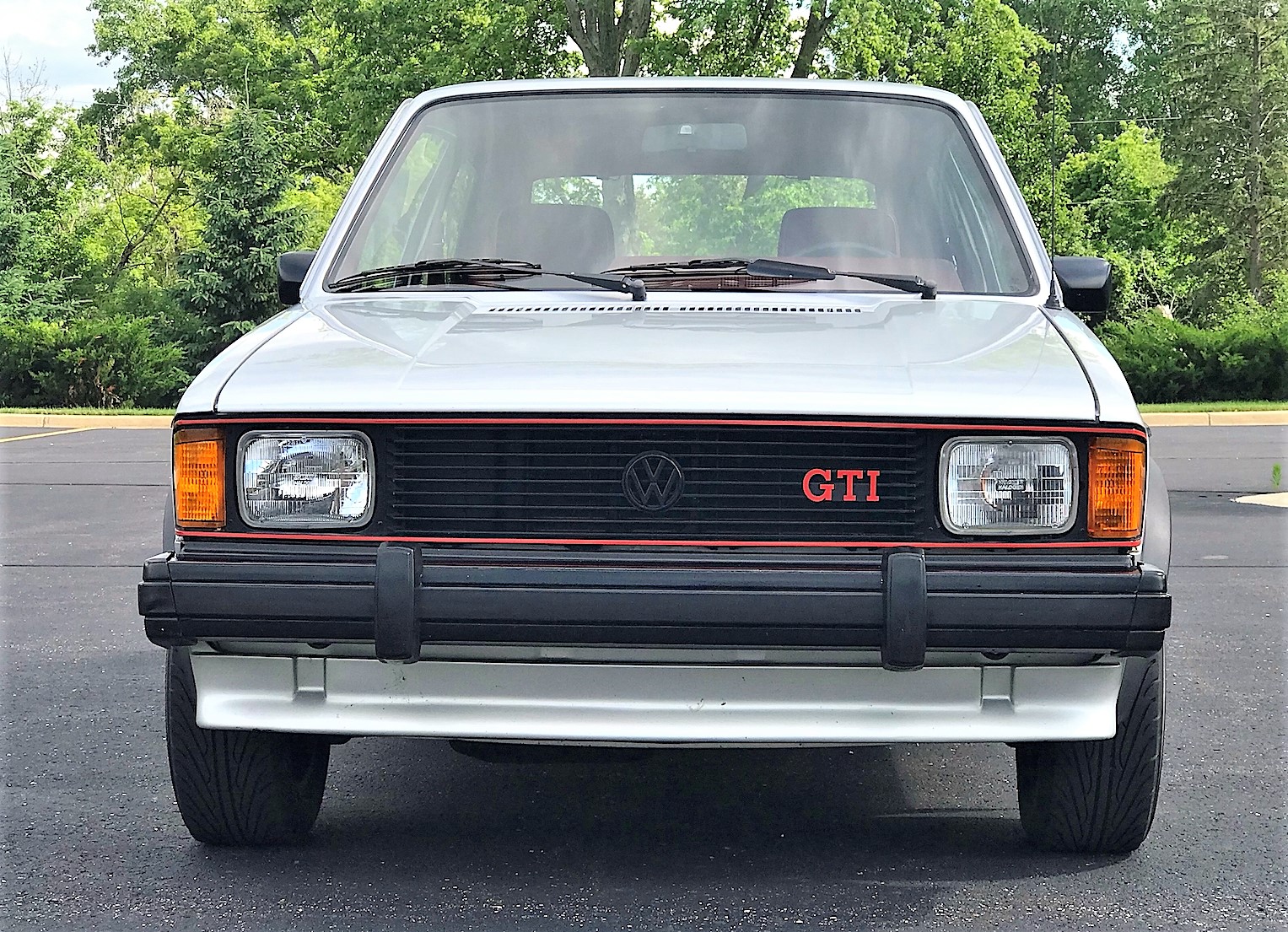When you talk to people about the new mid-engine 2021 C8 Chevrolet Corvette, they tend to say things like “it’s the best Corvette ever” or “the best sports car ever made in America,” and even “the best value for a high-performance car in the world.”
All three of these statements are true, yet they miss the point of what the new C8 Corvette really is. It is no less that an American-built sports car that is the equal to, and often better than, many of the seriously high-dollar exotica from Italy and Germany.

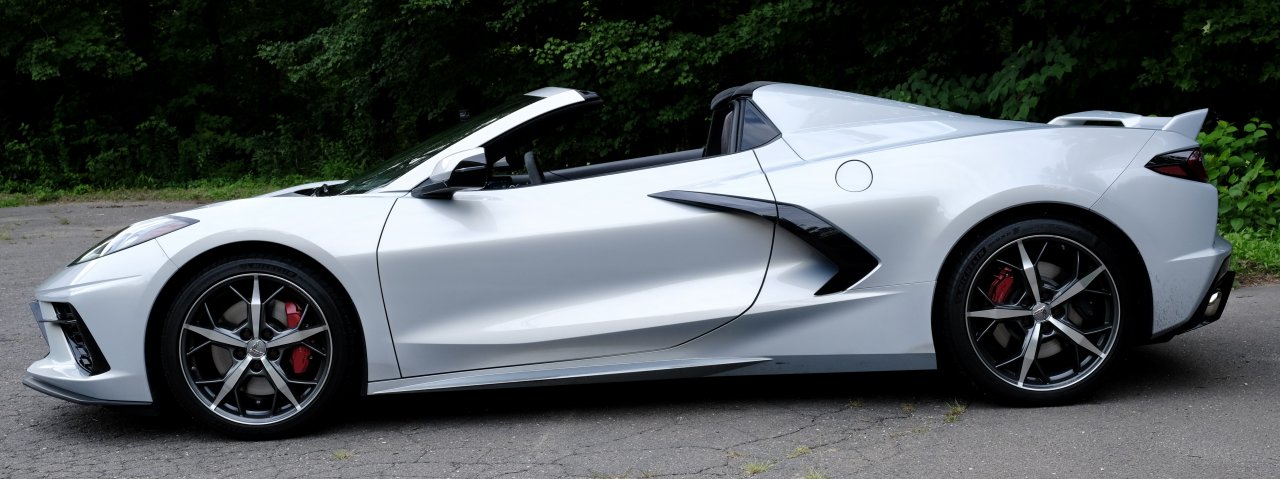

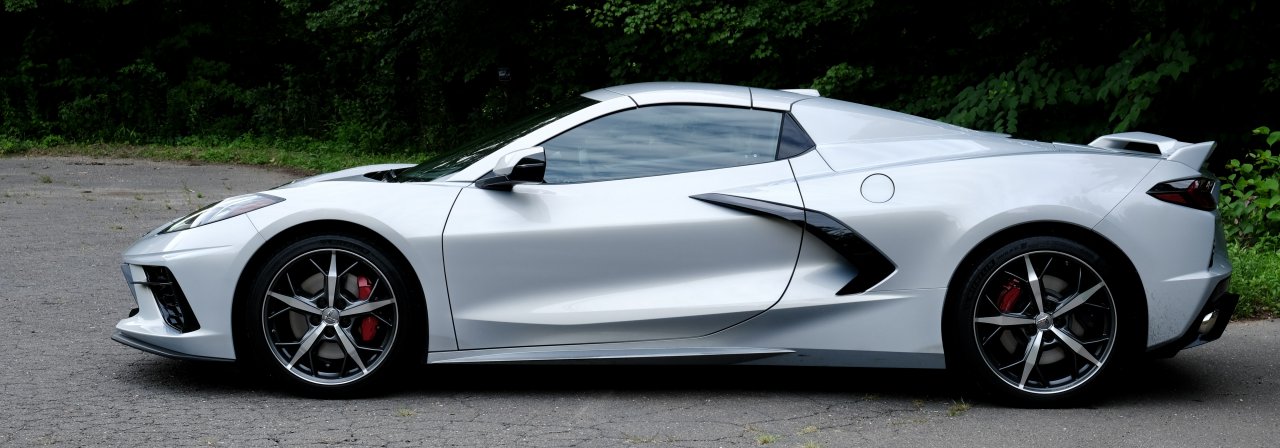
It is still a Corvette, which any C3 owner gets the minute they sit behind the wheel and see the look of the front fenders through the windshield. But it is also a head-to-head competitor in styling and performance with the best in the world.
The fact that the car was designed and built by General Motors and is being offered at such a modest price illustrates that the engineers and designers at car companies in the US are quite capable of building cars that are the equal of or better than those of any manufacturer in the world, once they set their minds to it.
Think about it. If they can build a C8 Corvette and sell it for less than 70 grand, what could they do with a spors car priced at 150k? Happily, the Vette, even in its upcoming increased-performance versions, is not likely to get close to that figure.

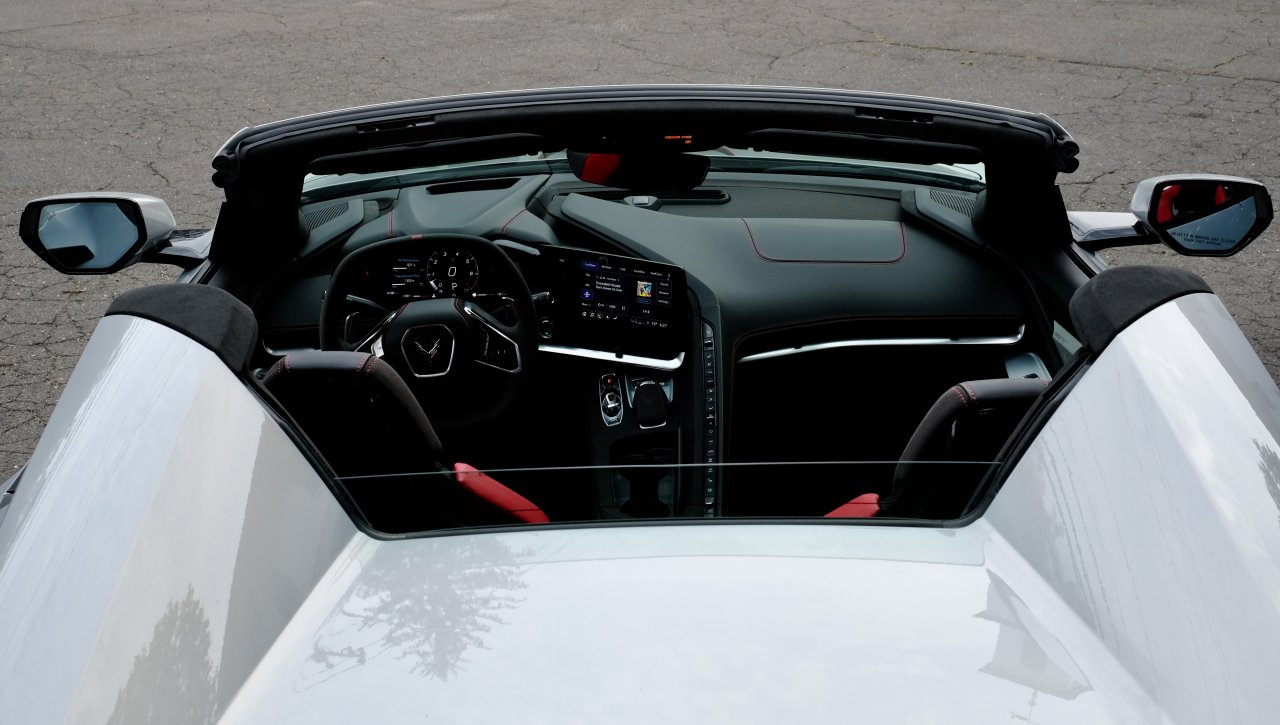
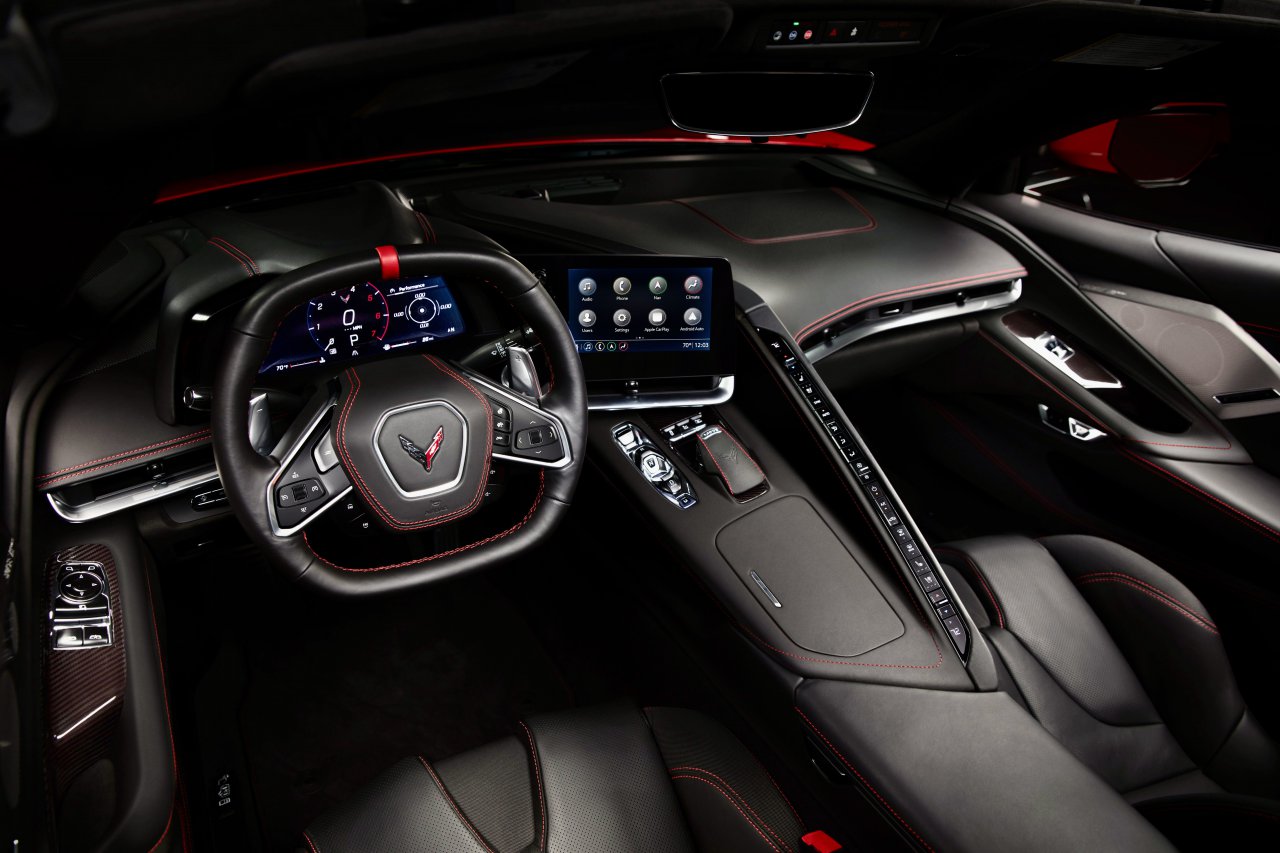
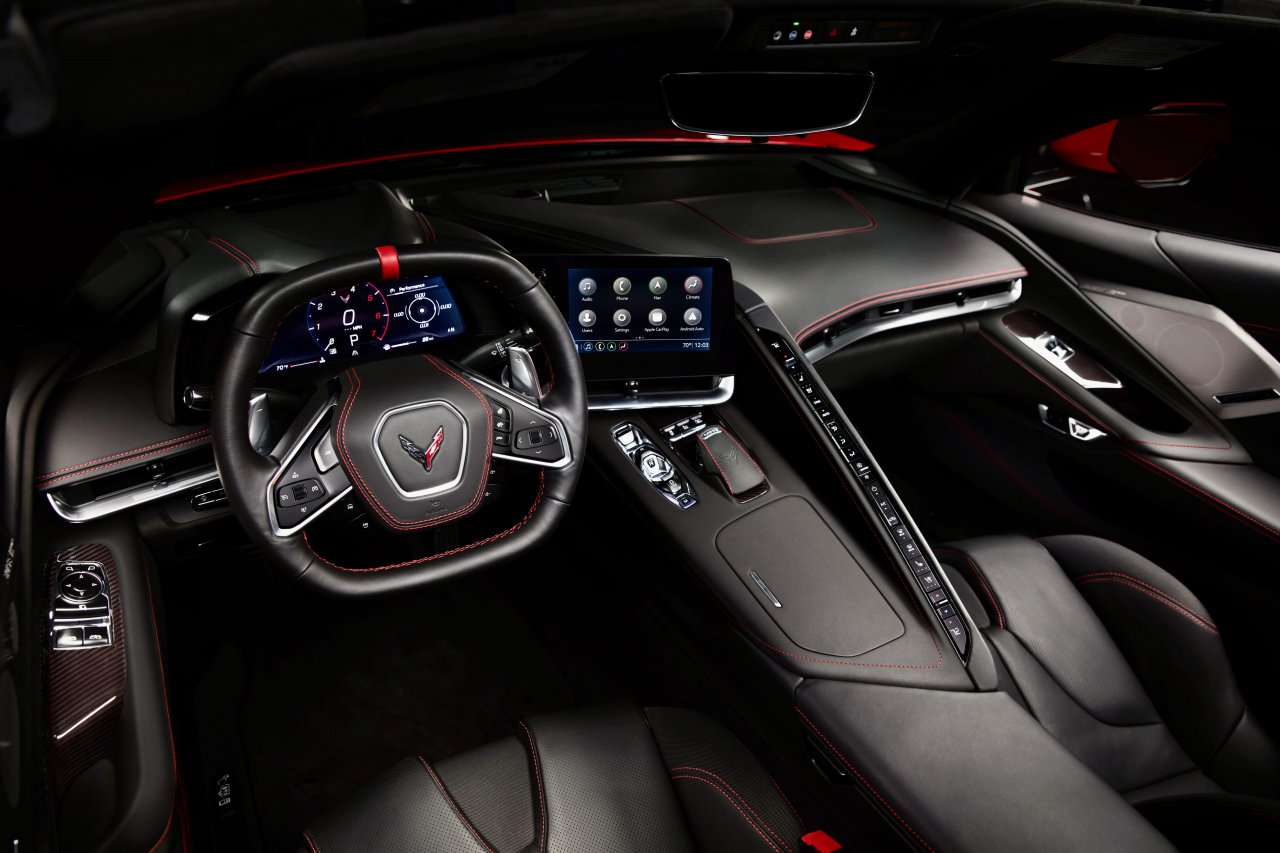
Quite simply, the C8 Corvette has democratized the world of super high-performance sports cars. It is not the underdog. Instead, it is many cases the top dog.
The 2021 Corvette LT3 that I tested was the convertible version. I was a bit saddened by this as I really like the look of the engine under glass in the standard targa coupe. But I got over that the minute I retracted the top. Doing so took about 5 seconds and was done with the push of a button.
The styling of the convertible really comes into its own with the top down, and it closely resembles some of the cars from Italy that wear the fighting-bull emblem.
On a styling note, my car had the side scoops finished in black, and if I were building one for myself, I’d prefer them to be body colored as the black broke up the design.
Getting into the new C8 may be a bit difficult for older drivers as the car is quite low, but the quality of the interior makes it worth the trouble. This is by far the finest Corvette interior ever designed and uses excellent materials throughout.
Yes, there are a lot of buttons, though not nearly as many as the first-generation Porsche Macan. But the C8’s switchgear reminded me of the Mach 5 in the cartoon Speed Racer, and I thought they were neat.
They are a bit gimmicky, but after about 5 minutes driving, I knew where all the controls were and was easily able to operate them while driving the car.
An additional plus for the C8 is that it can accommodate just about any driver of any size, at least up to around 6-foot-5. I am 6-foot-4 and could adjust the seat in a way to make it very comfortable, to the point that I would not hesitate to take the new Corvette on a cross-country journey.
The car also has two trunks — front and rear — with ample storage space for even someone like me, who travels with a lot of luggage.

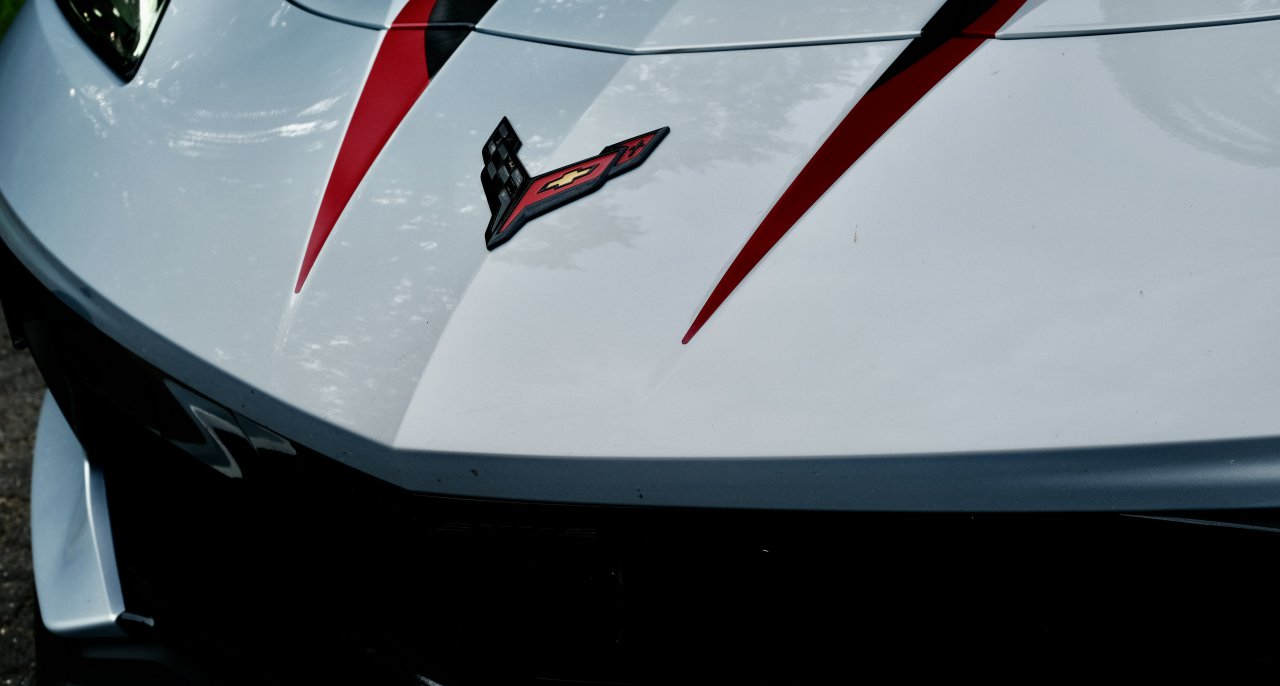
The performance of the new Corvette is as world class as the styling. The car can sprint to 60 mph in 2.8 seconds and shifts through the dual-clutch transmission equal to or better than the very best paddle-shifting transmissions from Europe.
The gear selection on up and down shifts is instantaneous and there is not a single driver out there, other than possibly 9-time Le Mans winning driver Tom Kristensen, who can shift a manual gearbox faster. The revs are matched perfectly. This car would be incredible on a track.
The engine has torque for days and the power comes on and just seems to keep pulling all the way to redline. At the same time, the sound of the engine directly behind you, especially with the sport exhaust activated for maximum performance, is awesome.
One thing I have read in a number of reviews is that the exhaust at low rpm is too restrained. I think that is a bunch of bunk, and here is why: Since the launch of the C2 in 1963, the Corvette has been able to do something better than any other true sports car in the world. Like a 4-wheeled chameleon, it makes the transition from boulevard cruiser to full-on sports car more seamlessly than any other car in its class. Not even the Porsche 911 accomplishes this as well, and it never has.
Corvette is the car that sedately drives to the country club for lunch with the driver and passenger in comfort. If after lunch you decide to go to the track, the car transforms into a weapon able to keep up with the fastest street cars. And afterward, it’s content for an effortless drive to dinner.
Try that in a McLaren, Ferrari, or even a Porsche 911. They all fall short. The new C8 Corvette is in every way a sports car that you could treat as an ordinary vehicle, driving it not only every day but year-round. It is that competent.
The steering, handling and the brakes on the C8 are as excellent as the rest of the car. As a driver’s car, there are simply no faults to be found. It tracks as if telepathically and the brakes are better than on many dedicated racing cars. It really is that good.
The technology in the car is excellent with Bluetooth working well even with the top down at highway speeds, and it has a very respectable audio system. It was also quite easy to sync my phone.

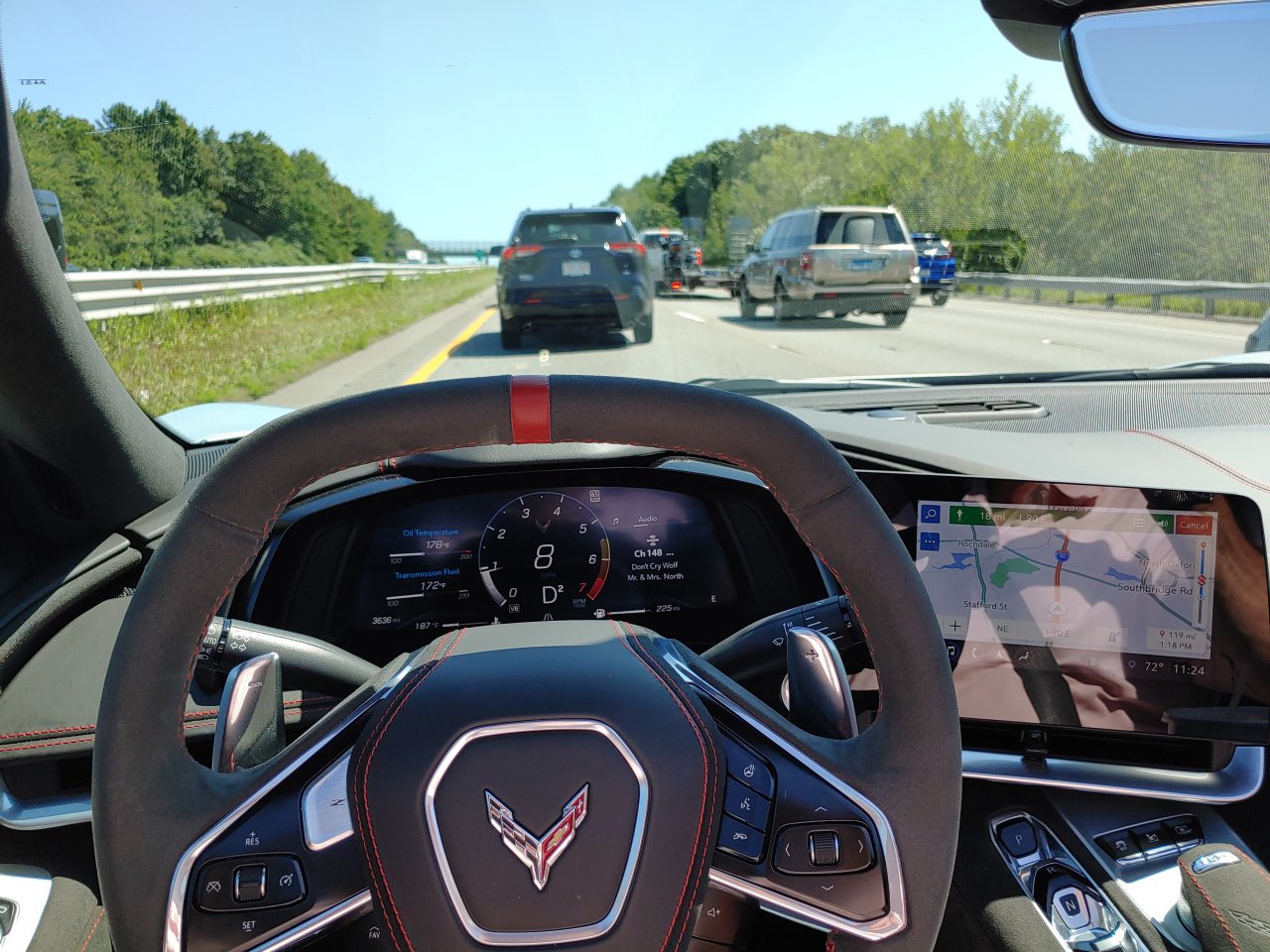
Another technology piece that bears mentioning is the superb adaptive cruise control. I drove the Corvette from Connecticut to New Hampshire on a Saturday morning a few weeks ago and, of course, got stuck in the parking lot that is the Mass Turnpike due to all the people going to Cape Cod for the weekend.
I set the adaptive cruise at 75 mph and just let the car deal with the hour and 45 minutes of stop-and-go traffic. The system works extremely well and even deals with the complete stop and start bits on the trip, with most other adaptive-cruise-control systems requiring re-engagement after stopping. The Corvette system just dealt with it all.
This C8 is so impressive that midway through my time with the car, I found myself in the GM website seeing what the Corvette in the exact combo I would want would cost. Since I do not believe in buying new cars as a rule, the fact that I was, and still am, entertaining the idea of getting one of these cars is pretty interesting. My all-in price for the one I built online, a base LT1 coupe in Elkhart Lake Blue Metallic with fitted luggage, came in at a very reasonable $66,085.
To say that I loved the new Corvette is an understatement. I wanted to check myself and see if it was just me or if the car is really as good as I thought, so I put a few friends behiind the wheel.
The first was my friend, noted Barn Find Hunter and author Tom Cotter. After driving for 30 minutes, he came away as blown away by the C8 as I was, specifically discussing the overall quality of the car, the comfort of the passenger compartment, and its strong performance. He also came away thinking about what it would cost to build one to his specifications.
The next person I put in the car was my friend and boss at Hayden Wood Insurance. Morgan Duffy is a classic car expert, who also vintage races and has driven just about every supercar on the planet. He was astounded by the speed of the gearbox and thought that it was at least equal to anything that Ferrari or Lamborghini were building. He also entertained the idea of seeing what one in the spec he wanted would cost, and he is not a Corvette guy.
The final test subject was my friend Jeff Chervenak, a longtime Porsche 911 owner, and a former PCA racer and driving instructor. Jeff found the performance staggering, commenting on how communicative the chassis is and how effortless yet still involving the car is at the limit.
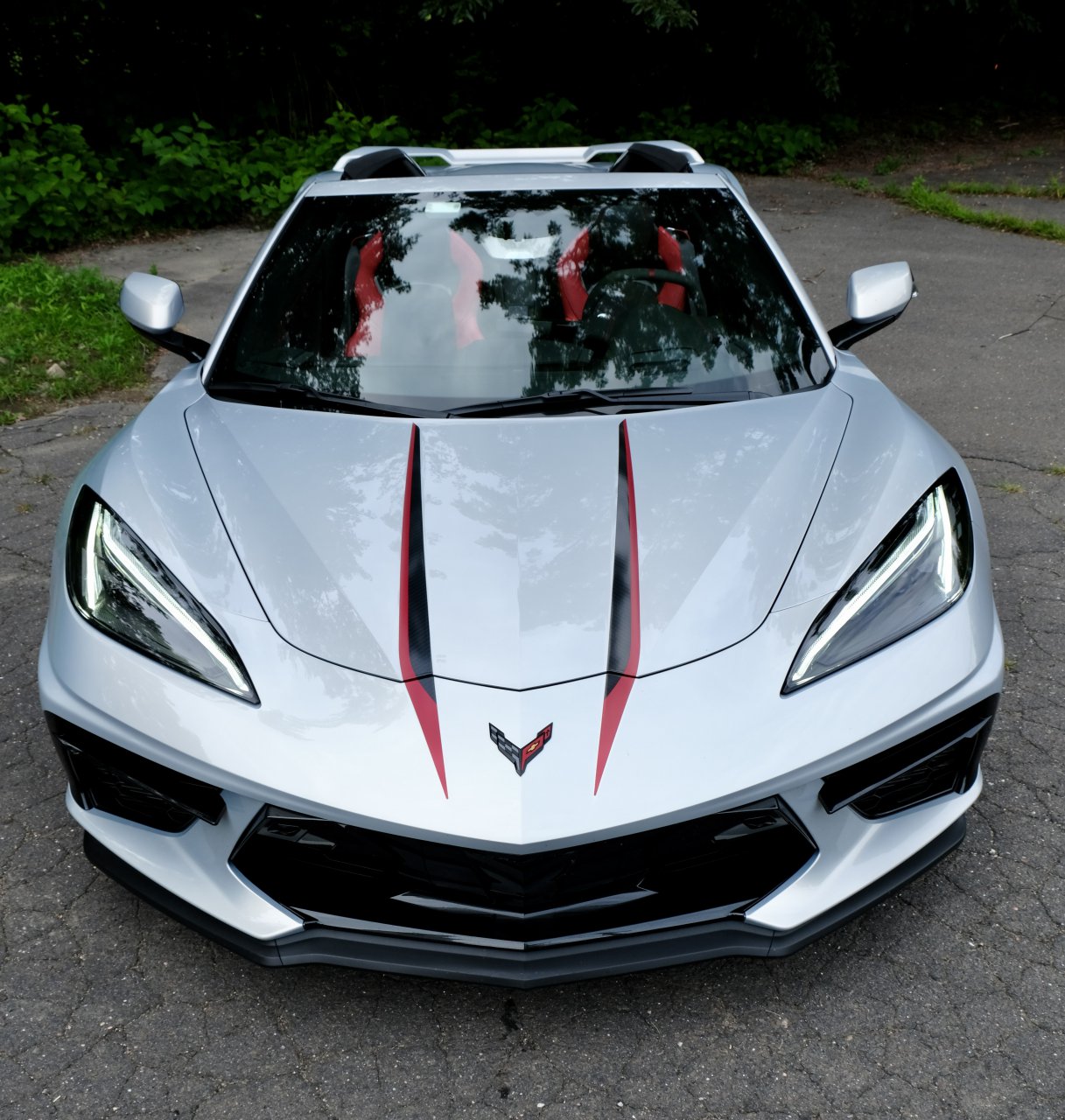
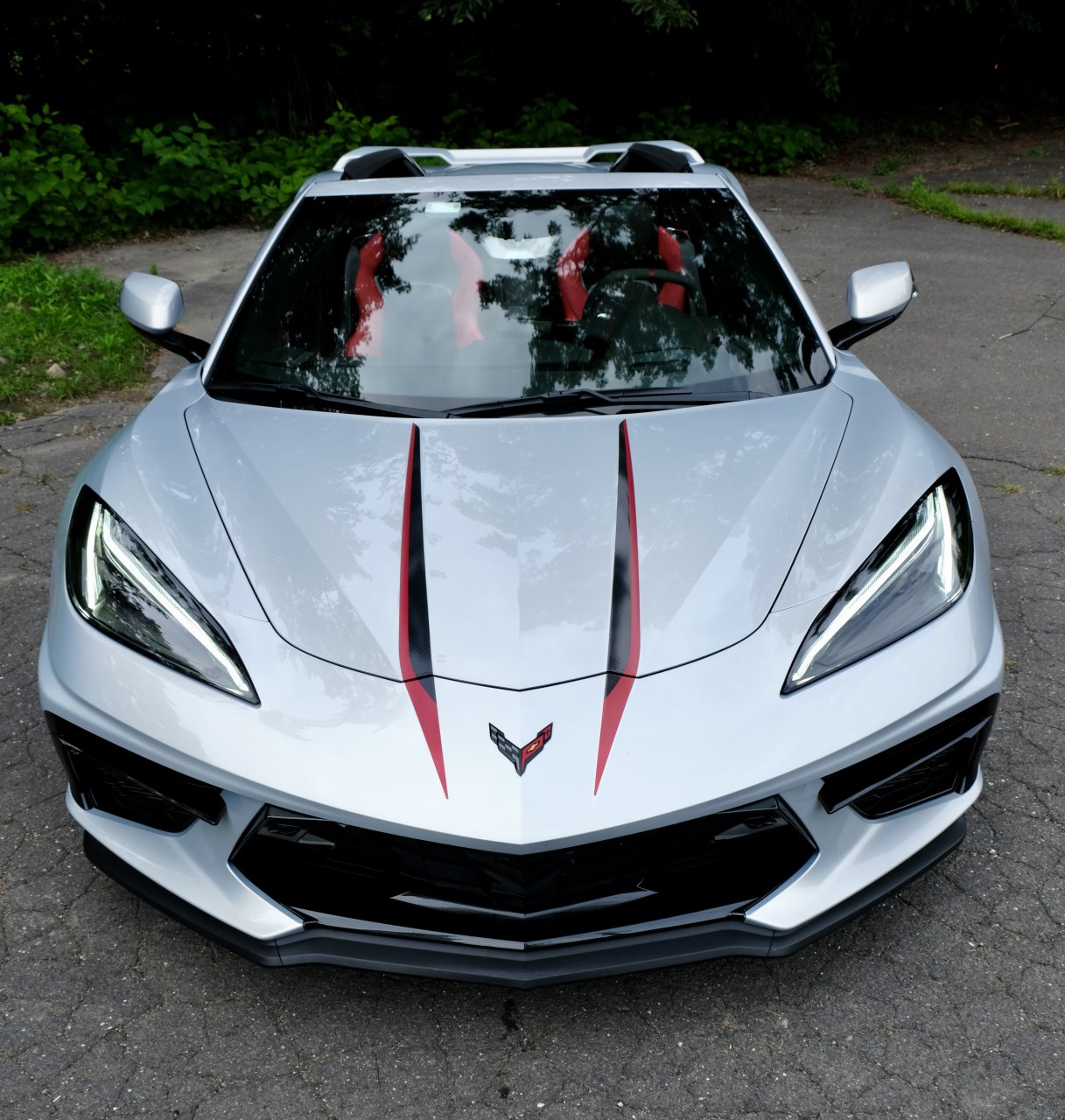
So, after a week with the C8, taking a 500-mile road trip, going to the supermarket, and enjoying some truly great roads along the way, what did I think of the car overall?
First, the new Corvette is still a Corvette in all the ways a Corvette aficionado would want it to be. Yet is so much more. You should also consider that unlike the European sports cars, getting the C8 serviced is a visit to your local Chevy dealer and that a major service (likely to be basically an oil change) is less than $200.
It quickly becomes clear that the only reason you would buy a European sports car instead of the C8 Corvette is because you are buying a badge and are willing to spend, in the case of a 911 Carrera S, more than $35,000 additional for that privilege.
Even though I am a longtime Porsche owner, I am not sure I could justify that expense, especially when I honestly feel that the Corvette is the better car overall and so much less expensive maintain.
2021 Chevrolet Corvette 3LT convertible
Vehicle type: 2-passenger convertible, rear-wheel drive
Base price: $77,850 Price as tested: $93,620
Engine: 6.2 liter V-8,, 495 horsepower @ 6,450 rpm
and 470 pound-feet of torque @ 5,150 rpm Transmission: 8-speed dual-clutch automatic
Wheelbase: 107.2 inches Overall length/width: 182.3 inches / 76.1 inches
Curb weight: 3,622 pounds
EPA mileage estimates: 16 city / 27 highway / 20 combined
Assembled in: Bowling Green, Kentucky
